WNBA Finals Roundtable: Tackling Three Key Questions as the Series Shifts to Indiana
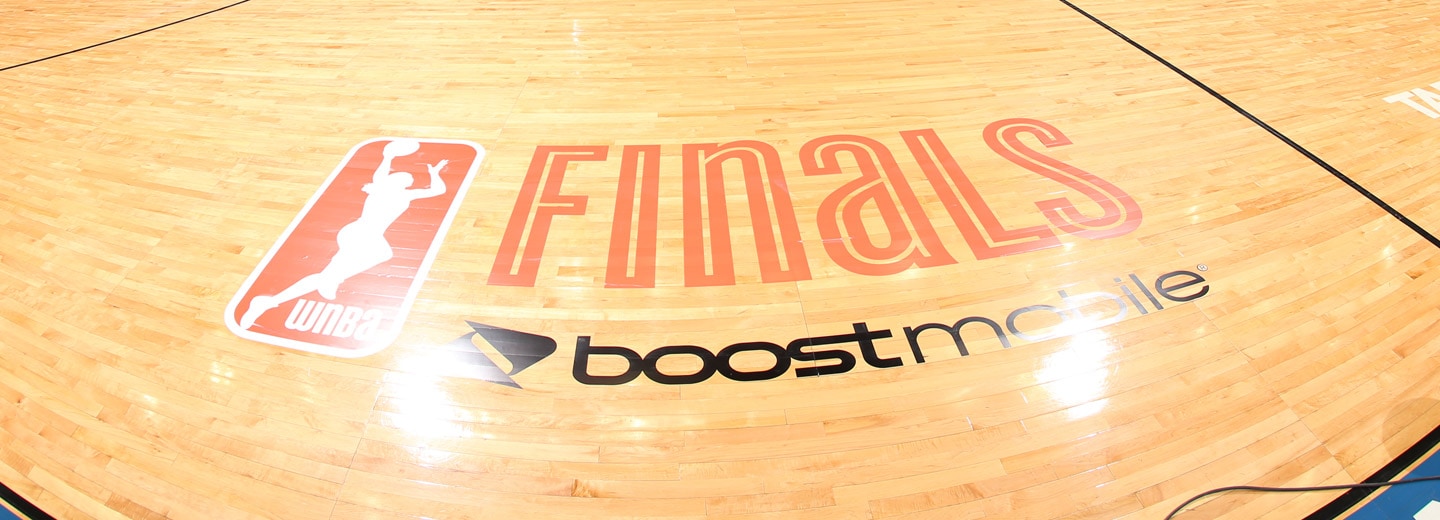
We’ve got ourselves a series.
Though the Lynx entered the WNBA Finals 2015 presented by Boost Mobile as clear favorites, anyone who has watched the Fever over the years — particularly when they beat Minnesota in the 2012 Finals — knows they are as tough a team as they come.
As the series shifts to Indiana even at 1-1, WNBA.com’s Anthony Oliva, Josh Zavadil and Brian Kotloff answer three key questions surrounding these Finals:
Finals Central | What You Need to Know | What’s Trending
Who has been the X-factor for each team?
Anthony Oliva: Briann January for the Fever and Anna Cruz for the Lynx. Both of these disruptive guards have made significant impacts in what has turned into a predictably physical and intense series. While January’s aggression on the defense end has played a major role, her well-timed buckets on the offensive end have been crucial. She’s averaging 18 points through two games, and it seems like every time the Fever need a bucket, she has stepped up.
Cruz has averaged 22.5 minutes through the first two games and it’s evident that Lynx coach Cheryl Reeve is not hesitant to keep in the Spaniard in a big spot. Cruz — along with fellow reserve Renee Montgomery — was dominant on the defensive end in Game 2. She surprisingly didn’t record any steals, but her perimeter pressure was the catalyst for a lot of Fever turnovers. In a game that the Lynx won by six, Cruz had a plus/minus of +22, by far the best of any player.
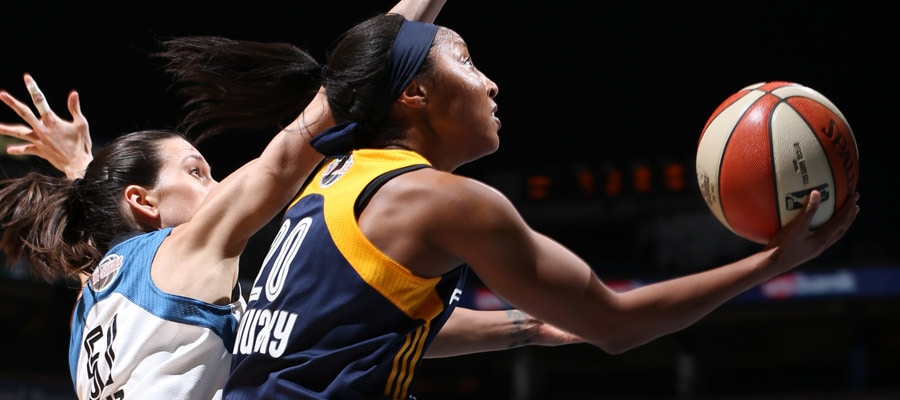
Josh Zavadil: Briann January (Indiana) and Sylvia Fowles (Minnesota). January was massive in Game 1, scoring a season-high 19 points to guide the Fever past the Lynx. And the veteran guard responded with a similar performance in Game 2. She dropped 17 points and hit a number of buckets in the second half that kept Indiana within striking distance. When Tamika Catchings left Game 2 with foul trouble, January kept Indiana afloat. Head coach Stephanie White has raved about January’s poise this postseason, and right now she’s shining on the league’s biggest stage.
Coming into the series we knew that the Lynx had the edge in the frontcourt with Sylvia Fowles and Rebekkah Brunson – at least on paper. But we didn’t know that Indiana was going to be able to essentially negate Brunson’s impact in the first two games, making it the Sylvia Fowles show. She’s been the headlining act down low, and she hasn’t disappointed. Fowles has been assertive in the post and on the glass, boasting a sky-high 80% shooting since the first half of Game 1. Oh, right — she also has 20 rebounds. Indiana hasn’t found an answer for Big Syl, and it will be interesting to see how the Fever adjust to her dominance as the series shifts to Indiana.
Brian Kotloff: Briann January (Indiana) and Sylvia Fowles (Minnesota). January, not Tamika Catchings, has been the Fever’s engine through two games. And that comes as no surprise, considering she’s a seven-year Fever vet and one of five holdovers from the 2012 championship squad. Minnesota’s on-paper edge in the backcourt was supposed to be an advantage, but thanks to January and underrated guard Shenise Johnson, the Fever are winning the perimeter matchup.
Fowles, meanwhile, is a large (literally and figuratively) reason the Fever aren’t winning this series. She’s gone from a luxury — an addition to the Big 3 of Maya Moore, Seimone Augustus and Lindsay Whalen — to a necessity with two of that Big 3 hobbled. No matter how well their versatile perimeter players play, the Fever simply have no match for the ultra-active Fowles we’ve seen in Game 1 and especially Game 2.
Which area does each team need to improve upon?
AO: The Fever need to figure out a way to defend Sylvia Fowles. After a rocky first half in Game 1, Fowles is 16-for-20 from the floor. The 6-foot-6 center has scored 21 points in each game and she’s getting all the looks that she wants. If this continues, the Lynx could lean on Fowles even more, but it wouldn’t be surprising to see a team like the Fever, with a rich defensive history, make some adjustments for Game 3.
While the Lynx don’t heavily rely on the three-point shot, they did boast the fourth best three-point shooting percentage as a team in the regular season. For the series, Minnesota is shooting 2-for-18 from behind the arc. By contrast, the Fever have hit 10 from distance (10-for-26). The Lynx should stay within themselves and not force shots from distance, but in a tight series like this, a momentum-swinging three-pointer can sometimes be the difference between winning and losing.
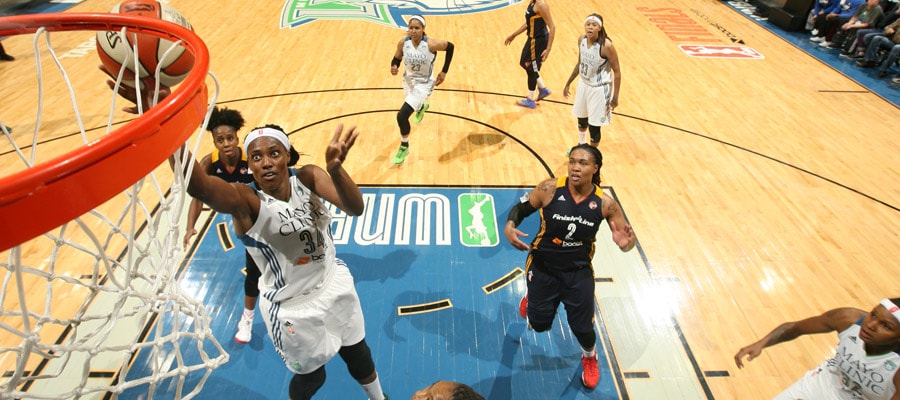
JZ: Indiana shot 36 percent from the floor, committed 10 turnovers and still won Game 1, thanks in large part to Minnesota’s free-throw shooting woes and Indiana’s perfect percentage from the charity stripe. Game 2 was a different story. Minnesota made its free throws (17-for-18), as did Indiana (14-for-15). But it was Indiana whose game was plagued by untimely turnovers. Minnesota forced Indiana into 13 second half turnovers, which is a recipe that’s destined to cause any team to struggle. Indiana has to take better care of the ball, especially if Minnesota carries over the defensive intensity it brought to the second half of Game 2.
Sylvia Fowles has been a beast for Minnesota and Maya Moore has picked her spots and made an impact on both games. But offensively, the rest of the backcourt has struggled. Seimone Augustus is shooting 8-for-25 through the first two games (32%) and Lindsay Whalen is 4-for-15 (26%). Anna Cruz has come in and provided a spark defensively in both games, spelling Whalen for extended periods of time, but by and large Minnesota’s backcourt has yet to explode for a big game like we know they are capable of doing. Look for head coach Cheryl Reeve to try to find ways to get Whalen and Augustus going as the series continues.
BK: The Fever need to make the game tougher for Fowles. It’s one thing for a three-time All-Star to have two big games; it’s another for her to do it with relative ease. Controlling the paint has opened the rest of Minnesota’s offense up and given them high-percentage looks. If Indiana collapses more, and perhaps even double teams, on Fowles, the Lynx may not have the shooting from outside to make them pay.
The Lynx need to somehow, someway get Lindsay Whalen and Seimone Augustus going. They may have eked out a victory at home, but I don’t see Minnesota winning this series without at least one of their guards playing at her usual All-Star level. With those two limited, the Fever are deeper with talent and have the more versatile roster to last a five-game series that is going at least four.
Which star player – Maya Moore or Tamika Catchings – will be counted on more throughout the rest of the series?
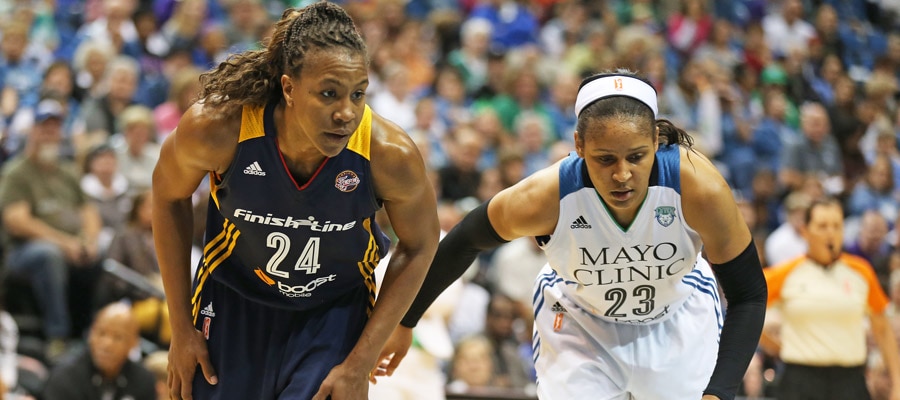
AO: Maya Moore. This series still hinges on Maya. Nobody in this series – maybe in the entire league – has the ability to single handedly take over a game like Moore does, and with the series shifting to Indiana, the Lynx are going to need their star more than ever before. Moore was animated on the offensive and defensive ends of the floor in Game 2 and she seemed to will the team to a victory. On the flip side, in Game 2, the Fever proved that they can find a way to stay with this Lynx team even when Tamika Catchings, who was in foul trouble, is on the bench.
JZ: Maya Moore. Indiana has been able to lessen the impact of Minnesota’s other pieces outside of Fowles, but Moore has been huge on both ends of the floor. The emotion combined with the stout defense she displayed in Game 2 was a huge reason why the Lynx evened the series. You’ve got to expect Indiana to continue to try and “slow” Moore while limiting what her other backcourt-mates are able to do on offense. Minnesota will need more games like Moore’s Game 2 performance, where she let the game come to her. She passed out of doubles at the right time, found cutting teammates and did the little things we’ve come to expect from one of the league’s best players.
BK: Maya Moore. The Fever have already proven that they can win without the 36-year-old Catchings playing like she’s 26. The Lynx, on the other hand, are relying on their in-her-prime superstar more than ever. The stats back it up: Moore is attempting 19.0 shots per game and scoring 36% of Minnesota’s points in the playoffs after attempting 17.2 shots per game and scoring 27% of Minnesota’s points in the regular season. Those numbers are a direct result of the struggles of Augustus and Whalen. And the load Maya is carrying extends to the defensive end, as well — the area where Catchings typically dominates.
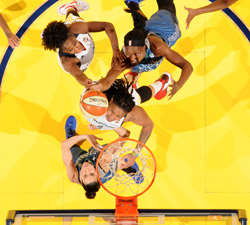,xPosition=.5,yPosition=.5)
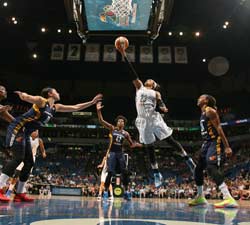,xPosition=.5,yPosition=.5)
,xPosition=.5,yPosition=.5)
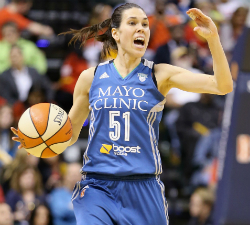,xPosition=.5,yPosition=.5)